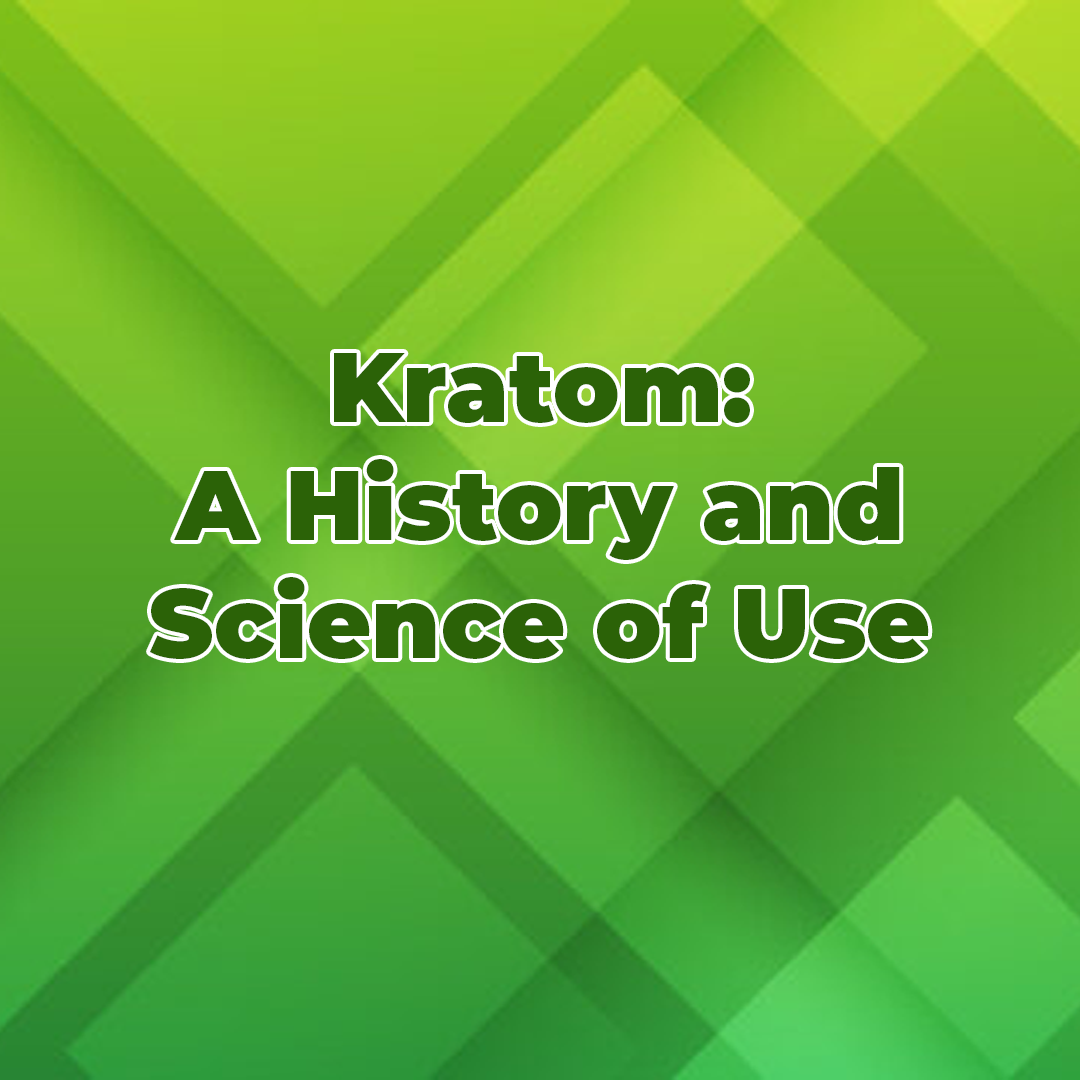
Kratom: A History and Science of Use
Kratom: A History and Science of Use
Kratom (Mitragyna speciosa) is a tropical tree native to Southeast Asia, particularly Thailand, Malaysia, and Indonesia. For centuries, its leaves have been used by local populations for their stimulating and pain-relieving effects. Traditionally, kratom was chewed fresh or brewed into tea by workers and laborers to provide energy and alleviate fatigue. Over time, it has gained popularity outside its native region for its potential as a natural alternative for pain management and opioid withdrawal.
The two most prominent active compounds in kratom are mitragynine and 7-hydroxymitragynine (7-OH). While mitragynine is the more abundant alkaloid in kratom leaves, 7-OH, a metabolite of mitragynine, is believed to be responsible for much of kratom's potent effects, particularly in terms of pain relief and opioid receptor activation.
Scientific Insights into Kratom's Digestion and Metabolism
Kratom's alkaloids, particularly mitragynine and its metabolite 7-OH, undergo a complex digestion and metabolism process in the body:
Absorption and Onset of Effects:
After ingestion, kratom's alkaloids are absorbed through the gastrointestinal tract. The onset of effects typically occurs within 30 to 60 minutes, with peak plasma concentrations for mitragynine occurring between 1.0 to 1.3 hours after ingestion. For 7-OH, peak concentrations are reached slightly later, between 30 minutes to an hour.
Mitragynine is metabolized in the liver by cytochrome P450 enzymes, converting it into several metabolites, including 7-OH. This transformation enhances the compound's potency, particularly at opioid receptors. In humans, 7-OH is further metabolized into mitragynine pseudoindoxyl, which has even greater potency.
Plasma Stability and Species Differences:
7-OH has a shorter half-life in human plasma compared to other species like rodents and monkeys. This degradation process leads to the formation of mitragynine pseudoindoxyl, a compound with higher potency at the mu-opioid receptor. The process occurs more significantly in humans than in other species, indicating interspecies differences in metabolism.
Excretion:
The primary route of elimination for kratom's alkaloids is through renal excretion. Both mitragynine and 7-OH are excreted in urine, with their elimination half-lives varying based on dosage and frequency of use. This clearance is important for understanding the duration of kratom's effects and potential accumulation with chronic use.
Conclusion
Kratom has a long history of use as a natural remedy for pain relief, energy, and even opioid withdrawal. The two main alkaloids, mitragynine and 7-OH, play crucial roles in its effects, with 7-OH providing significant analgesic and opioid-like activity. The metabolism of kratom is complex, involving absorption through the gastrointestinal tract, hepatic conversion, and renal excretion.
Understanding how kratom is ingested, digested, and metabolized is essential for both users and regulators to ensure safe and effective consumption. As kratom continues to grow in popularity, further research is needed to fully understand its pharmacological properties and potential therapeutic uses.
